BKWine meets Mister Amarone in Stockholm
In the Valpolicella district in the Veneto region in northern Italy they make the famous Amarone wine. There are both large well-known winemakers and small wineries. Masi is one of the largest. Sandro Boscaini has for many years been a central figure for Amarone and one of those who have been instrumental raising the quality and making the wines so immensely popular. When Boscaini recently was in Stockholm, BKWine’s Roland Eriksson met him for a vertical and horizontal tasting.

The Boscaini family has a history dating back to the late 1700s in the Veneto region. The name comes from the Masi vineyard “Vaio dei Masi” in the Negrar Valley that they still own. Today it is Sandro Boscaini is at the head of Masi together with his son Raffaele and his daughter Alessandra.
The firm’s specialty is amarone, a wine that is made with the appassimento method, using dried grapes, a practice that dates back to Roman times in Valpolicella. But at that time fermentation was stopped early to get a sweet wine which then was most sought after (sweet wines of dried grapes are often called passito).
“Modern” amarone, beginning in the 1950s
Amarone as we know it today is a fairly modern phenomenon. The name does not appear until around 1950 and it was then a rather rustic and harsh wine with many years in oak barrels and mostly sold locally.
With modern production techniques amarone is today a rich and fruity wine with smooth tannins, good both to drink young and for ageing up to 30 years. The high demand in, for example, Sweden has led to new producers launching wines sold significantly cheaper than “normal” when cutting corners on quality by making the wine exactly within the limits of what the law requires, but no more!
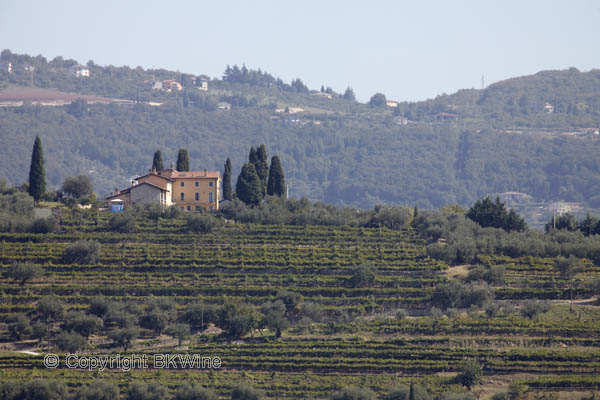
Amarone in Valpolicella in Veneto on the Lake Garda
Amarone is produced in the Valpolicella district in the Veneto region near Verona and the Lake Garda. The area’s micro-climate with not too warm days allows the grapes to mature slowly.
The local corvina grapes, rondinella and molinara gives a more neutral wine than a grape, such as cabernet sauvignon, which in practice would be impossible to dry without resulting in a wine with excessive and harsh aromas.
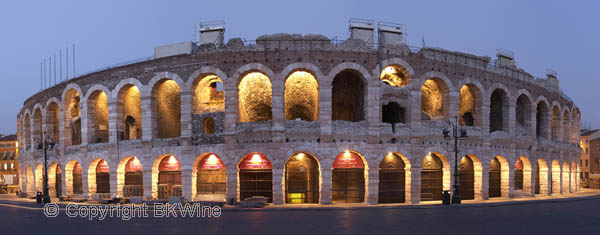
A complex manufacturing process: appassimento
After harvest, the grapes are left to dry, at a minimum until December 15 following the harvest, but quality manufacturers like Masi leave them to dry at least 100 days until mid- / late January, the so-called appassimento method.
The grapes are traditionally dried on wooden shelves (or trays or racks) with bamboo bottom, so-called arele. Some producers prefer plastic crates which are easier to clean and to sterilize.
What makes it so expensive is that you must only use perfect bunches, handpicked and without defects. Bad grapes, which get mouldy or rot during the drying process has to be constantly removed while those affected by noble rot is positive for the wine.
The drying benefits from the winds that are manually let in to control air circulation by opening and closing doors or windows in the drying rooms. Some use fans and some use both temperature and climate controlled room. When the grapes have been left to dry until the end of January, they have lost weight of around 30-40 %. They are then pressed and fermented to a wine with an alcohol content of about 15-17%.
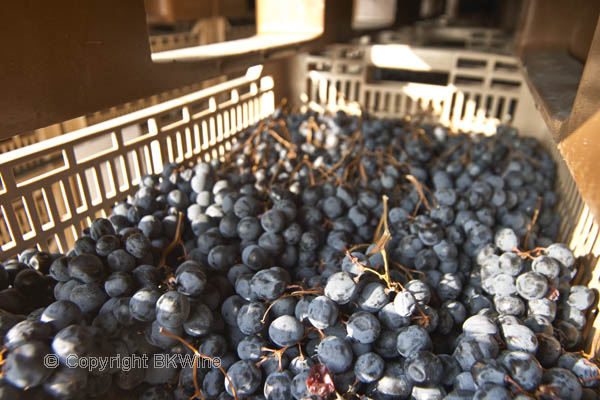
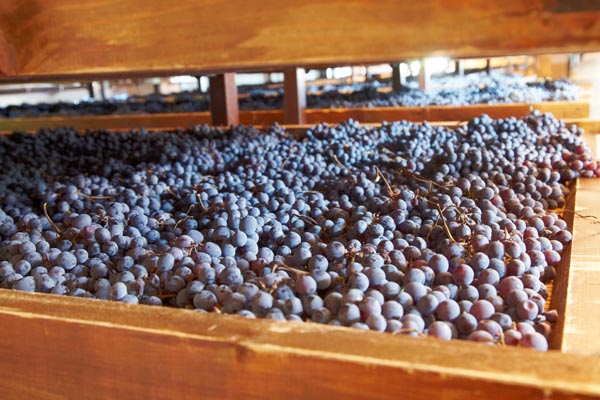
Mr Amarone is worried about the quality and about amarone’s future
Sandro Boscaini is one of the biggest advocates of promoting and safeguarding amarone’s quality, hence the nickname “Mister Amarone”. He says, “I am worried about amarone wines’ future. New producers cheat on the drying time and have way too big harvest yields in order to be able to make a cheaper wine. The price for a bottle of Amarone must, at the consumer level, be at least 28 euro, otherwise it cannot be good!”
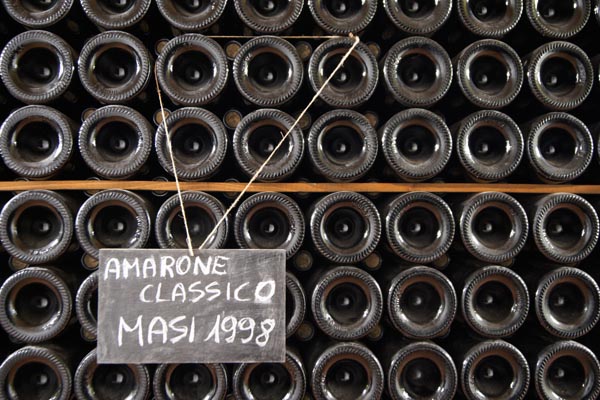
“And when I went around yesterday at the Systembolaget (monopoly wine retail shops in Sweden) I was amazed at all bag-in-box wines called Appassimento! That cannot be a the name of a wine. It is a manufacturing process! And also, most do not come from Veneto where the micro-climate and the grapes are most suitable for drying. Most come instead from the South of Italy.”
Sandro Boscaini continues: “We have our own team of experts that has refined the manufacturing to what we call appaxximento. We are also the first who introduced a system of indicating the quality of the vintage with 1-5 stars on the label. Only 8 vintages have received 5 stars over a 50 year period.”
Although Sandro says that they put the stars on the labels personally I think I have only seen it indicated when it has been a 5 star year.
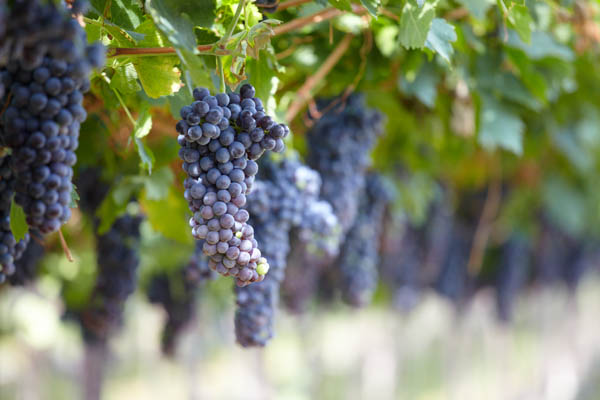
The Masi amarone wines
Masi produces 5 different amarone wines that I had the opportunity to taste in a horizontal and vertical tasting.
Masi Costasera
Amarone Della Valpolicella Classico DOC (* see footnote).
Base amarone made from grapes from different vineyards.
Masi Costasera 1997 (*****)
Red-brown colour, big, ripe, perfumed aroma, with hints of raisins and figs, taste full-bodied, ripe, dark fruity, with raisins, dried fruit and some acidity and tannins, good length, 15%, 85 p.
Masi Costasera 2000 (****)
Red-brown colour, big, dark fruity, lightly perfumed scent, with notes of raisins and figs, the taste is ripe, raisin and black currant, slightly acidic, some tannin, good length, 15%, 86 p.
Masi Costasera 2009 (****)
Red colour, young, medium body, berry aroma, with hints of pepper, black currants and raisins, the taste is young, rich, red and dark fruity, with hints of wild raspberries, black currants, golden raisins and vanilla, will probably benefit from 2-3 years of ageing, 15%, 84 p.
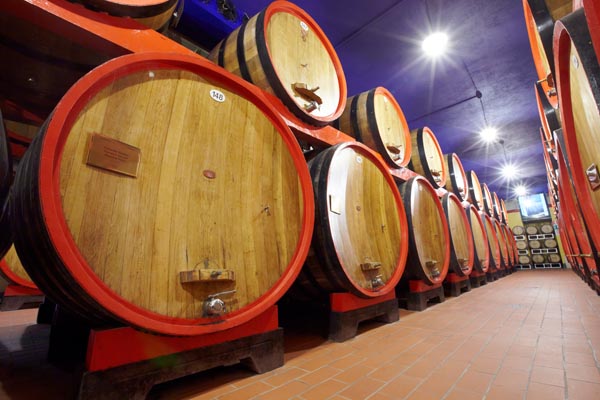
Masi Riserva Di Costasera
Amarone della Valpolicella Classico DOC (*).
Specially selected grapes with some oseleta grapes, with 120 days of drying time, and partly aged in new oak.
Masi Riserva Di Costasera 2008 (***/****)
Dark brownish-red colour, big, relatively young, concentrated and jammy nose, with notes of blackberries, black currants and golden raisins, the taste is quite young, rich and concentrated, with some sweetness, barrels, vanilla and tannins, needs ageing, 15.5 %, 85 p.
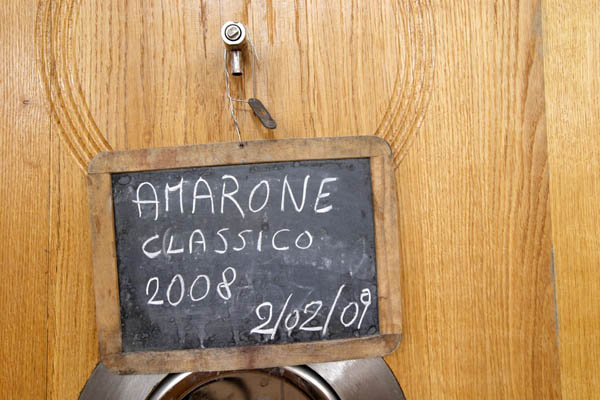
Masi Vaio Armaron
Amarone della Valpolicella Classico DOC (*).
Single vineyard from the Gargagnago district in Sant’Ambrogio, 185-265 m above sea level, partially aged in cherry wood.
Masi Vaio Armaron 1997 (*****)
Red-brown colour, big, ripe, dark fruity aroma, with hints of raisins, sweet liquorice and herbs, the taste is ripe, full-bodied, dark fruity, with hints of mint, dried fruits, herbs and vanilla, long, 15.5 %, 87 p.
Masi Vaio Armaron 2000 (****)
Red-brown colour, big, quite ripe, dark fruity, lightly perfumed scent, with notes of raisins, herbs and cherry; flavour is full-bodied, ripe, dark fruity, with cherry, mint and herbs, with smooth tannins, long, 15.5 %, 87 p.
Masi Vaio Armaron 2007 (*****)
Dark brownish-red colour, medium body, quite young on the nose, with notes of dark berries and figs, the taste is full-bodied, young, dark fruity and soft, long, 15.5 %, 86 p.
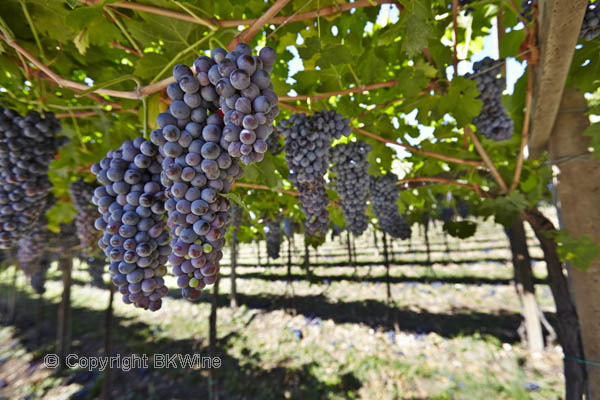
Masi Campolongo Di Torbe
Amarone della Valpolicella Classico DOC (*).
Single vineyard from the Torbe region in Negrar 375-400 m above sea level.
Masi Campolongo di Torbe 1997 (*****)
Red-brown colour, big, quite ripe, dark fruity and spicy aroma, with hints of raisins, cherries and leather, the taste is full-bodied, quite ripe, with hints of raisins, black currants and plums, long, 16%, 90 p.
Masi Campolongo di Torbe 2000 (****)
Dark reddish-brown colour, big quite ripe dark fruity and spicy aroma, with hints of cherry jam and …cork? The palate is full-bodied, ripe, dark fruity, concentrated and a little jammy with an off note. We were 4 people at our table who had a discussion if this bottle was corked or not. And the result was a hesitant “yes”, 16%.
Masi Campolongo di Torbe 2007 (*****)
Dark brownish-red colour, medium-bodied quite young and spicy aroma, with notes of dark berries, black currants, cherries and figs, the taste is young, full-bodied, dark fruity, very concentrated, with cherries, raisins and dried fruit, long, 16%, 91 p.
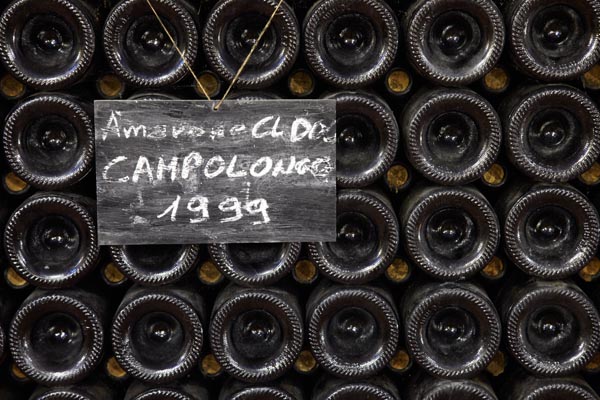
Masi Mazzano
Amarone della Valpolicella Classico DOC (*).
Single vineyard Negrar on Cretaceous marl 350-415m above sea level.
Masi Mazzano 1997 (*****)
Red-brown colour, large quite ripe, dark fruity and spicy aroma, with hints of raisins and dried fruit, flavour is full-bodied, quite mature and dark fruity with black currant, dark plum and herbs, long, 16%, 92 p.
Masi Mazzano 2000 (****)
Dark reddish-brown colour, large, mature and dark fruity aroma, with oriental spices, raisins and leather, taste is full-bodied, mature and dark fruity, a bit jammy with good concentration and length, 16%, 89 p.
Masi Mazzano 2007 (*****)
Dark reddish-brown colour, medium body, relatively young and spicy aroma, with notes of dark berries, black currants, cherries and raisins, the taste is full-bodied, dark fruity and young, with black currant, cherries and raisins, a little hard tannins, long, 16%, 92 p.
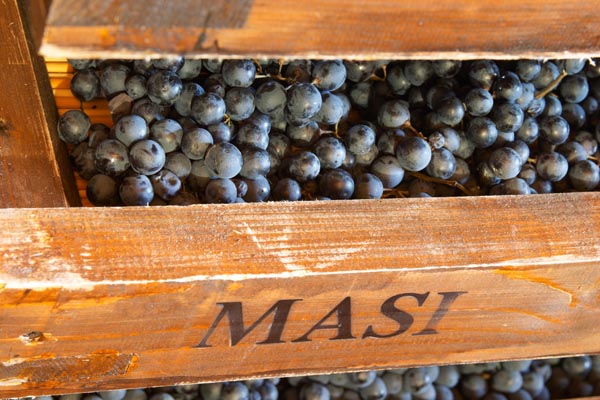
In summary, it was a fun and interesting tasting arranged by Masi and Philipson Söderberg (their importer). Unlike all the wines that I have tasted from Tuscany from the vintage 1997 in the last years these amarones show none the tendency to fade but can be aged many more years. The 2000 vintage has perhaps not quite as much potential but is good now, and will keep a good number of years, while 2007 is also a great vintage, which, particularly in the cases of Campolongo Di Torbes and Mazzanos certainly can develop for over 30 years without any problem in a good cellar!
Editor’s comments
(*) DOC and DOCG
Up until 2009, amarone was a DOC. In 2010 amarone was upgraded to DOCG (although DOCG may be used from 2008 if the new rules were followed). There are now four different appellations in the area:
- Valpolicella DOC, about 37% of total production
- Valpolicella Ripasso DOC, about 40%
- Amarone della Valpolicella DOCG, about 22 %
- Recioto della Valpolicella DOCG, about 1 %
The wines can have additional designations:
- Classico: the grapes come from a smaller “classic” subarea
- Superiore: from “selected” grapes and with at least one year of aging. Can also have vineyard designation.
- Valpantena: a sub-district
“Cheap” amarone?
If “cheap” amarone, and amarone imitation is a threat to the future of amarone, as Sandro Boscaini thinks, is a hotly debated topic. Per recently wrote an opinion piece on the topic in which he argues that it is only a natural consequence of amarone’s great success, and that it is not necessarily a bad thing: Are all the new, low(ish) priced appassimento, ripasso, passito, “baby-amarone” wines a cause for concern for a wine lover? What do you think?
Roland Eriksson writes on BKWine Magazine on wine tastings with wine merchants and importers in Sweden. Roland is the author of a book on cognac (A Handbook: Cognac, 2007, published in Swedish) and one on rum as well as one on tea.
[box type=”info” style=”rounded” border=”full”]Valpolicella stretches out in a hilly area north of west of the beautiful city of Verona, famous among other things for its arena. The absolute best way to understand and appreciate amarone wines, taste the wines, and see how they are made is on a wine tour to Veneto-Valpolicella-amarone with BKWine.
Travel to the world’s wine regions with experts on wine and specialist in wine tours![/box]
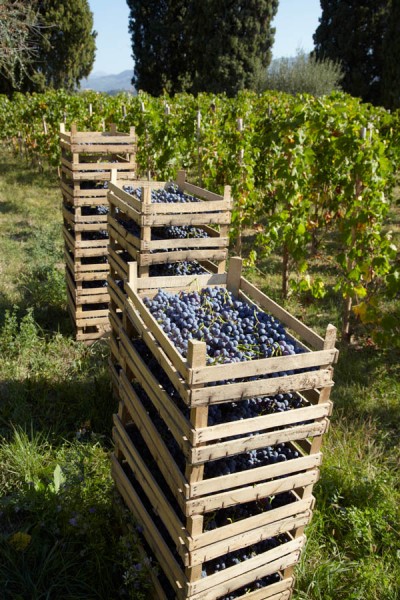


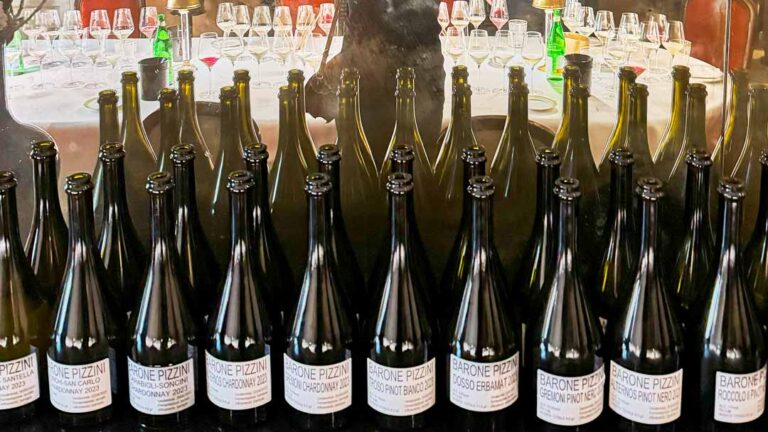

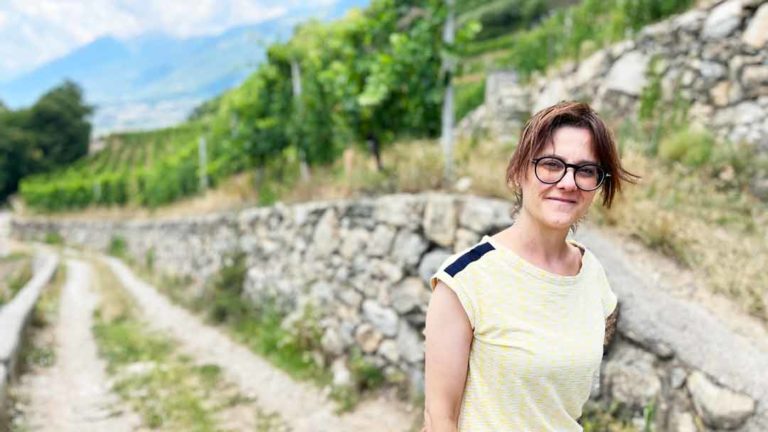





One Response